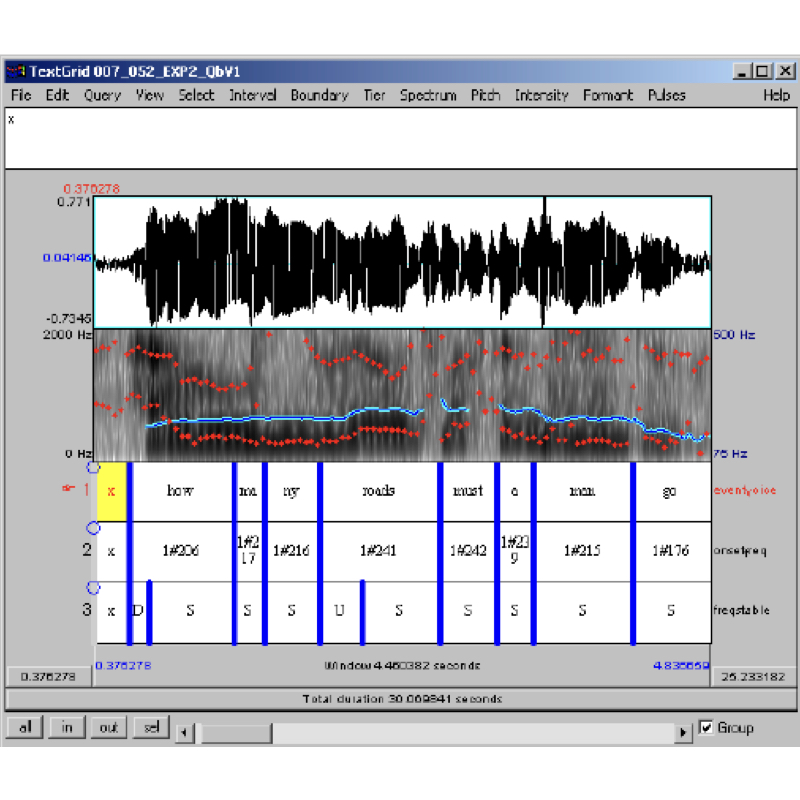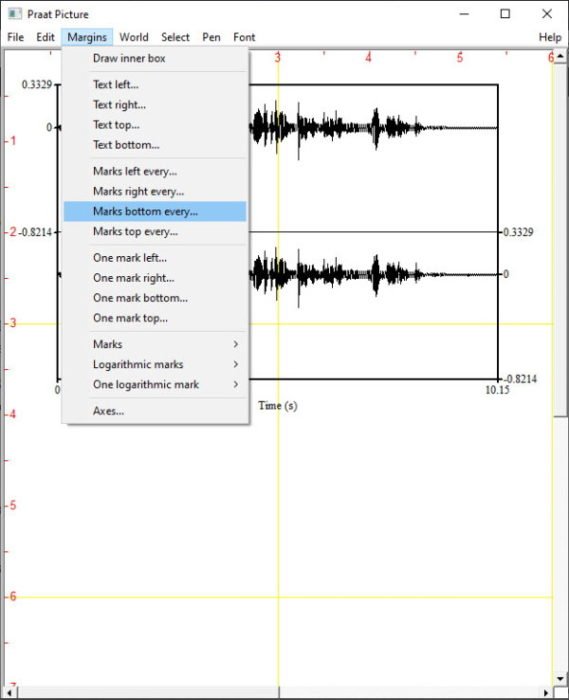

acoustically, thereby necessitating developing normative data for the objective Aging process can affect the overall voice quality which can be identified both Lowest intensity and percent jitter (jitter%) and has been validated across normal and clinical The severity of dysphonia based on maximum phonation time, highest fundamental frequency, The dysphonia severity index (DSI) has been the most widely used objective measure to quantify However, as the participants of the singing group are untrained, further studies are required to compare the acoustic and the aerodynamic characteristics with trained singers. This could be possible due to the fact that long-term singing practices involving vocal modulation and changes in the breathing pattern, better respiratory control during the expiratory phase among singers. The results revealed better control over phonatory and respiratory subsystems among singers compared to nonsingers, although the singers were untrained. Results from aerodynamic analysis for both male and female groups revealed higher vital capacity, forced vital capacity, and slow vital capacity in singers than nonsingers. Results from acoustic analysis of male groups revealed significantly higher F0 in singers than nonsingers and significantly higher shimmer and NHR values for nonsingers compared to singers. The results from acoustic analysis of female groups revealed higher F0 in singers than nonsingers higher jitter, shimmer, and noise-to-harmonics ratio (NHR) values were obtained for nonsingers compared to singers.

Ltd., Panchkula, Haryana, India) was used.
PRAAT PROGRAM PC
Amsterdam, Netherlands) version 6.0.33 and for aerodynamic evaluation, Helios 401 PC based spirometer (Recorders & Medicare System Pvt.

PRAAT PROGRAM SOFTWARE
For acoustic analysis, the voice sample was recorded and analyzed using Praat software (Phonetic Sciences, University of Amsterdam. Twenty choral singers and 20 nonsingers in the age range of 20-30 years with no vocal pathology participated in the study. The study aimed to investigate and compare the acoustic and aerodynamic characteristics of choral singers and nonsingers. Conclusion: The result of the present study supports the use of Praat software for acoustic analysis of voice in clinical settings as an alternate program to commercially available programs. Furthermore, correlation analysis showed strong to moderate correlation between the two programs for both the control and clinical groups. The results also revealed significant differences between the two programs on perturbation measures and noise measures in both normal and clinical population. Results: The results of the present study revealed that no significant differences between two programs for F0 and F0 range across normal and clinical groups indicating good similarity between the two programs. The sustained /a/ vowel phonation was analyzed using both Dr Speech V.5.0 and Praat Software V.6.0.33 for fundamental frequency, fundamental frequency range, jitter %, shimmer % and HNR. Method: A total of 30 normal individuals without any vocal pathology (15 males and 15 females) and 10 individuals (five males and five females) with mild hoarse voice in the age range of 21-35 years participated in the study. Objective: The objective of the study is to compare and correlate the acoustic measures of normal and pathological voices obtained from Dr Speech and Praat software.


 0 kommentar(er)
0 kommentar(er)
